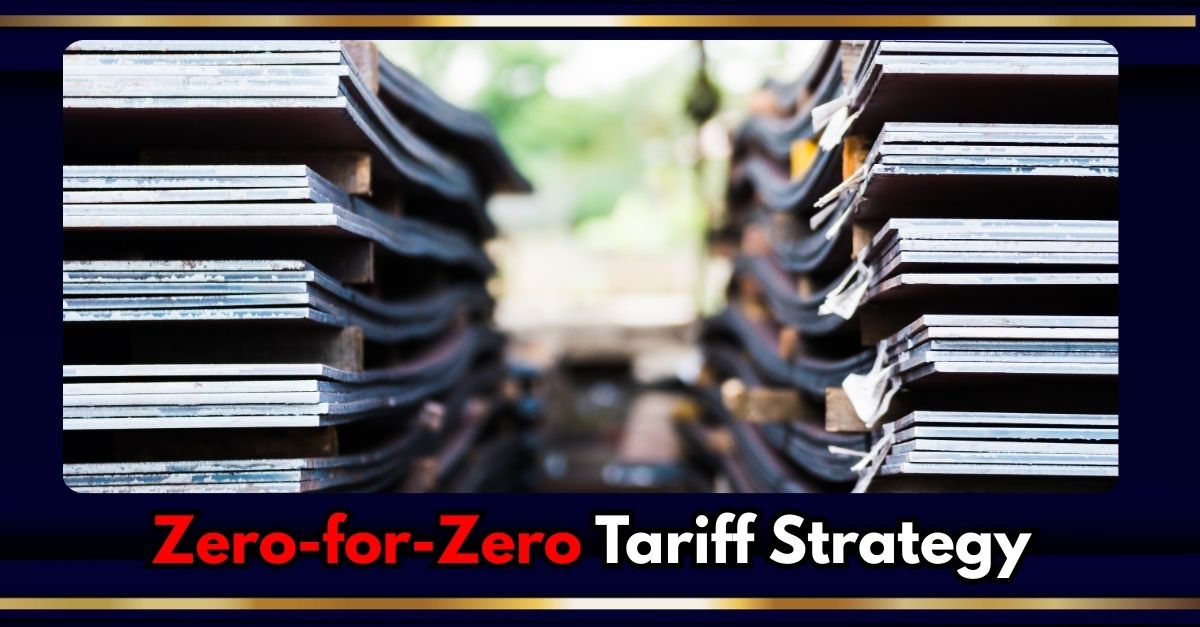India–US Trade Tensions Rise Over Steel and Auto Tariffs NMDC Limited reports a 38% drop in Q4 FY24 consolidated net profit RINL to Raise $23 Million Through Land Sales Amid Crisis

India's steel industry stands at a pivotal juncture as it navigates the complexities of global trade dynamics and environmental commitments. The proposed 'Zero-for-Zero' tariff strategy, aimed at mutual elimination of tariffs on select goods like steel, presents both opportunities and challenges for the nation's green steel ambitions.
India's 'Zero-for-Zero' Tariff Proposal
In recent trade discussions, India has proposed a 'Zero-for-Zero' tariff arrangement with the United States, focusing on reciprocal elimination of tariffs on specific items, including steel, auto parts, and pharmaceuticals. This initiative seeks to enhance bilateral trade relations and provide Indian steelmakers with favorable access to the U.S. market .
Challenges Facing India's Green Steel Sector
Despite the potential benefits of the tariff strategy, India's green steel industry confronts several hurdles:
High Production Costs: Transitioning to green steel involves significant investments, leading to higher production costs. The lack of a substantial 'green premium' in the domestic market makes it challenging for producers to recover these costs .
Global Trade Pressures: Measures like the European Union's Carbon Border Adjustment Mechanism (CBAM) impose tariffs on carbon-intensive imports, affecting India's steel exports and emphasizing the need for cleaner production methods .
Technological and Infrastructure Gaps: The adoption of technologies such as hydrogen-based steel production and carbon capture requires substantial infrastructure development and technological advancements .
Government Initiatives and Industry Response
To address these challenges, the Indian government has introduced several measures:
Green Steel Taxonomy: India has defined 'green steel' based on emission intensity, categorizing steel with emissions below 2.2 tonnes of CO₂ per tonne as green. This classification aims to standardize and promote low-carbon steel production .
Incentive Plans: Plans are underway to provide incentives for steelmakers to adopt cleaner production methods, including the use of renewable energy and green hydrogen .
Public Procurement Policies: The government is considering mandating the use of green steel in public infrastructure projects to create demand and support the industry's transition .
Also Read : Lloyds Metals Commissions Western India's First 10 MTPA Iron Ore Slurry Pipeline in Gadchiroli India's Industrial Output Growth Falls to Eight-Month Low in April